Mandalas for Marinke: 300+ Crocheters Came Together to Raise Awareness About Depression, Suicide, and Crafting to Heal
What this project was and why it is one of the projects I'm most proud of even years later
Back in 2015, I started what I expected to be a very small crochet project on my blog in response to the then-recent death of crochet artist Marinke Slump. It became a huge collaborative crochet project with art exhibits and a book. And when I look back at my body of my work, it is always one of the projects of which I continue to be most proud. The truth is, although I put tons of heart and work and time and energy and tears into that project, I also feel like I really was just a conduit for the creativity and collaboration of so many other creatives. Mostly, I’m humbled and honored that I was able to bring it into the world.
Back to the Beginning
Over a decade ago, I began to share my story about how crochet helped me in the worst throes of depression. I started interviewing others about how crochet helped them through a variety of mental and physical health symptoms and life challenges and those interviews led me to write the book Crochet Saved My Life.
One of the women that I interviewed was Marinke, better known as Wink, the author of the blog A Creative Being. She shared her story with me of living on the autism spectrum and how tough it was to make her way in the world with the social awkwardness that it caused. She shared the depression that she went through post-diagnosis, how it caused her to be hospitalized and how crochet was one of the things that helped her to heal. I published her story in the book in 2012.
In the few years after Marinke shared that story for my book, her work really grew. She began to create her own crochet patterns, publishing them on her blog, various websites and in at least one magazine. Her first crochet pattern book was published before her death and a second one was completed by another author and published posthumously. She became particularly well known for her use of color, her expressions of joy, and her original crochet mandala designs.
Wink brought so, so, so much color and joy to the lives of so many, in a community that not only nourished her in her last years but through which she nourished others. And when she died in 2015, the crochet community collectively mourned. It affected so many people, and I was one of them.
The Initial Idea for Mandalas for Marinke
Here is a portion of what I wrote on my now-defunct crochet blog as soon as I read the news:
When I read the news this morning, so many emotions coursed through me. I immediately reached out to talk to my mom, my dad, my beaux, my school friends. I realized in the midst of one of those conversations that what was happening was that my brain was trying to make sense of where this fits in my own life.
The brain sees patterns and tries to put things into their place. And it doesn't have a place for this. Wink was my friend but I didn't exactly know her. She shared some of her deepest truths with me in our interview and yet we never met in person. She had so many similarities to me and yet she was very different from me. My brain wondered if she had received my latest email and if there was more that I could have done to help and then immediately chastised itself because all of my personal and academic knowledge says that this is precisely how everyone reacts to suicide and there usually isn't anything more we could have done. It's not about us. It's not about me.
And yet it's deeply affecting me. I'm sad, but not in the kind of way where I need to cry (yet?). I'm feeling so much empathy and compassion for her family and friends. I'm feeling a huge connection to my crochet community and wanting to reach out to each of you because I know that this news might affect some of you in various ways as well.
I want to do something for Wink, in Wink's honor, something related to crochet. I don't know what yet. This news is too new for me to process it. But I'm thinking that we can do something collaborative, perhaps creating mandalas in her honor to be placed somewhere. I'll organize something soon, something that can bring us together and give us a channel for our feelings and honor the amazing, wonderful, creative, special woman that Wink was.
And so, I did. Sometimes a project just needs to come into the world. I launched the project. I asked people to send me their crochet mandalas - made using Wink’s patterns or their own - along with anything that they would like to share about depression, suicide, crafting to heal, their crochet journey, or thoughts for Marinke. And people did.
The Magic of the Mandalas for Marinke Project
Almost immediately, submissions began arriving in my mailbox, first as a trickle and then as a flood. Each day, I would open the mail and read the words and hold the fiber art in my hands. I would photograph each mandala, type up what was in the letters, and create an original blog post that also included resources/information to raise awareness about depression/suicide. In the posts for the first few months, I also shared “Words from Wink” from her blog. The posts went on for over a year. Sometimes it was overwhelming to work on this, mostly it was healing.
I knew that the project would then become a book. I wasn’t sure how I wanted to put it together. It went through many iterations. Ultimately, it became something of a coffee table book, filled with images of the mandalas and quotes from Wink and the contributors and a few things that I wrote to make the book make sense. The book became more than the sum of its parts.
And I wanted it to become an art exhibit but at the time I knew absolutely nothing about exhibiting art. So I reached out to a crochet duo (Threadwinners) down in Southern California that I knew from online and asked if they could help and they dove in much more fully than I ever could have expected. We had two exhibits at different galleries that were both special and amazing and healing and perfect. They included collaborations with interpretive dance, healing circles, workshops, readings, artist talks, and pet therapy. And we became friends. And some of the other contributors from around the country came to see their work. And people who didn’t know about the project before came and saw the work. And Marinke wasn’t forgotten.
And later …
My father came to visit me only once in all of the years that I lived in San Francisco. Like me, he lived with depression (although his went untreated), and like me, he was at his most well when he was able to be creating with his hands. It wasn’t an easy thing to find stuff for him to work on in my small apartment but one of the project was to take some of the Mandalas for Marinke that had been framed in embroidery hoops for the exhibits and hang them as a display on my wall. It is one of the nicest things he has ever done for me, merging our skills, creating a new life for this art.
My father died a year ago. Although he didn’t exactly die by suicide, he didn’t not die by suicide either; it’s complicated. And maybe it’s because of his small connection to my Mandalas for Marinke project that I feel inspired to start sharing about that old project again. I’ll be doing that this year - mostly over on Instagram, occasionally with a relevant essay here - because it’s a story that never stops needing to be told.
Mandalas for Marinke is one of the projects that I’m most proud of because it did what it needed to do. It brought creative purpose and healing to a lot of people who weren’t sure how to handle the news of Marinke’s death. It celebrated her life and work and the amazing things she brought to the world. It connected a community of crafters and artists in a bunch of different ways. It celebrated that we do not need to be perfect to share our art with the world, that when we do so in collaboration with others we create something that is bigger than our own contribution, and that sharing our self-expression matters.
I launched the project, I organized it, but it was magical because of how far beyond me it went. I feel like I curated it, going back to the old roots of the word. In Latin, it was the word "curare," which means "to care for" or "to take care of." In medieval Latin, "curatus" referred to a spiritual leader responsible for the care of souls or the spiritual well-being of a congregation. It grew, of course, beyond religion into collections for art and libraries. I hope that my role was to aid in the taking care of through bringing this project to life.
From the Events:
If you read this far, perhaps you liked the work. The work does take work. It only continues with support, so please consider subscribing. My annual rate starts at $10 per year.






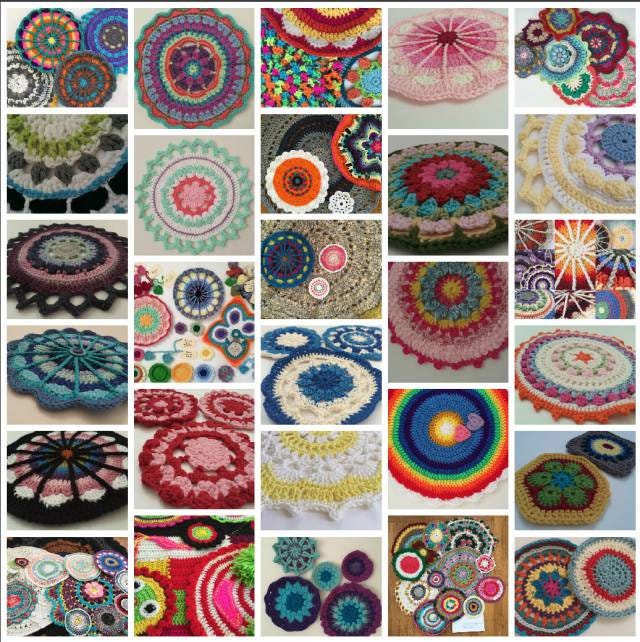
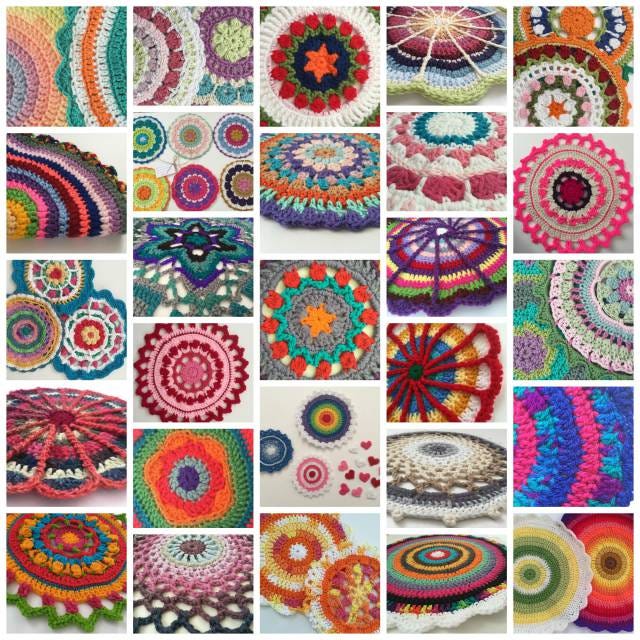


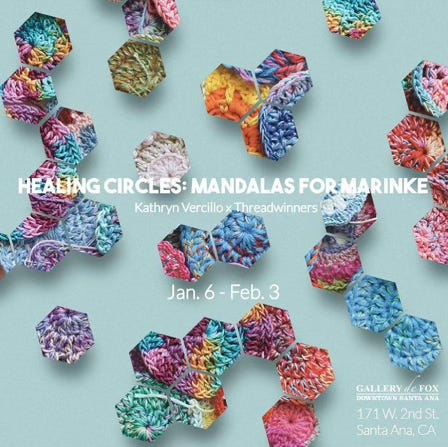
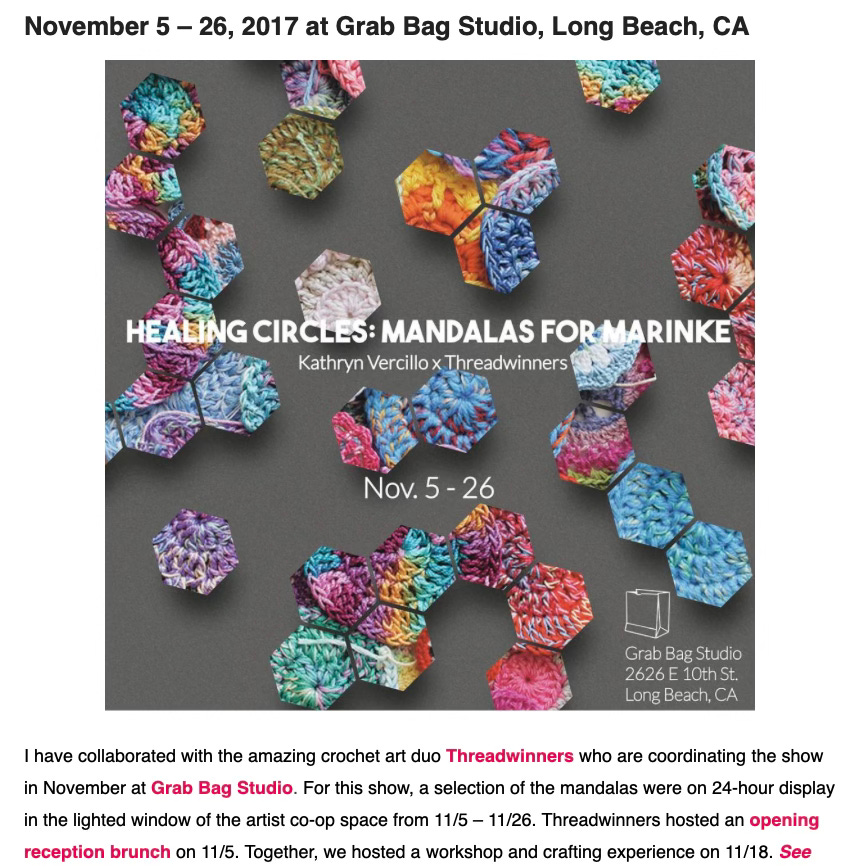
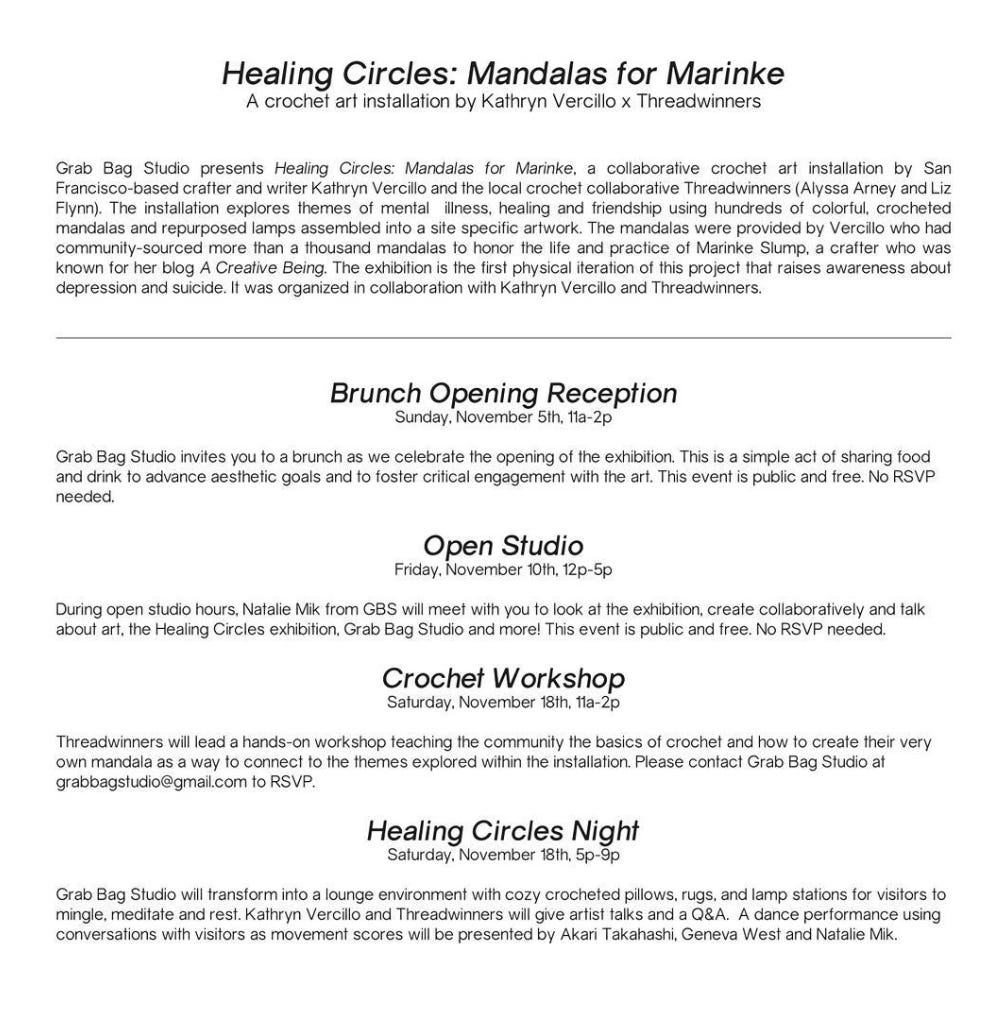
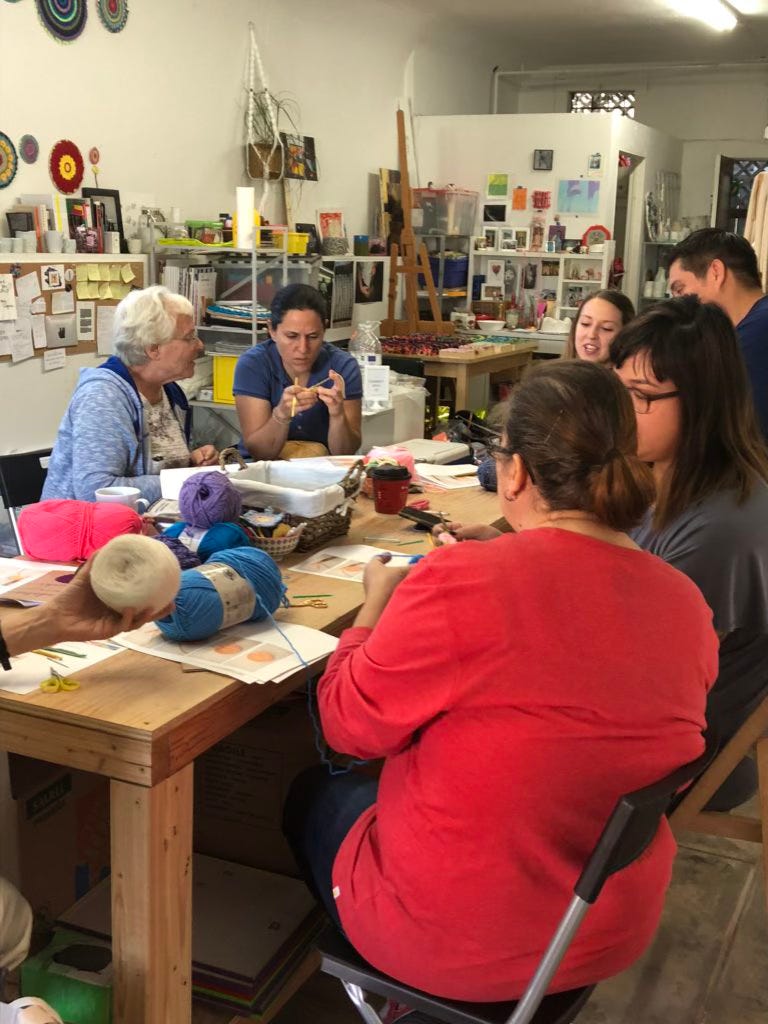

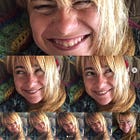
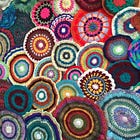
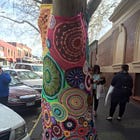
Wow this project and story soothed my heart. What a special way to honor someone who you admired <3
So much beauty here amidst the grief.